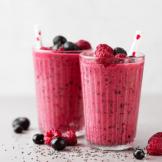Juice is a liquid that naturally comes from fruits or vegetables. Juice comes from squeezing fruit and vegetables or soaking it without using heat or solvent. For example, orange juice is made from orange extract. Juice can be made at home with fresh fruit and vegetables with the help of hand-held or electronic juicers. Fruit juices that are selling on the market usually remove fiber or fruit pulp from the water. But sometimes fresh orange juice with pulps and fibers is released on the market. The juice is sometimes thick, sometimes frozen, and sometimes the consumer should add some water to the juice to regain its natural concentration. Juice concentrate and juice fruit have some different that we will say them to you. The most consumable types of juices include apple juice, orange, grapefruit, pineapple, tomatoes, mangoes, carrots, grapes.
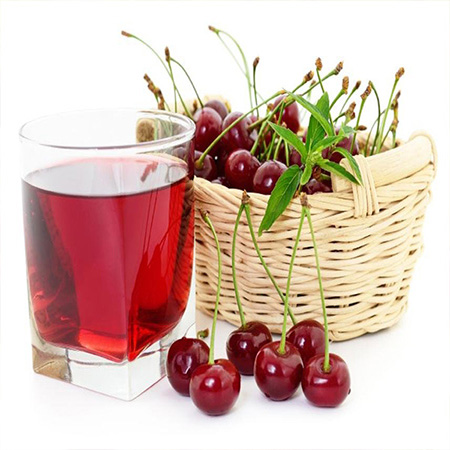
juice from concentrate vs fresh
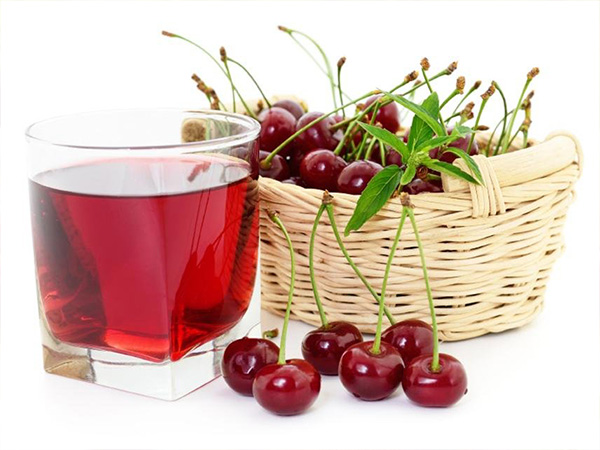 In the production of juice, Uses stabilizers such as pectin, CMC, xanthan, and other stabilizers to enhance consistency, nutritional properties, and improve the sense of mouth and taste. To produce fruit juice, nectar and fruit syrup, we first turn the fruit into a concentrate, and then we obtain the concentrate of the desired product. The reason for converting juice to concentrate and re-converting it into juices that are available to the consumer is the convenience of keeping the concentrate due to less volume than fruit juice. Transparent juice is often concentrated and kept. In this way, both microbiological and chemical changes are resistant and their volume decreases. Concentrate is one of the fruit products that in it, juice, essential oil and a little bit of its color are lost, while its shelf life is sometimes increased up to 2 years. You can find frozen juice concentrate or fresh concentrate form its producers. We have different types of fruit’s concentrate like , Lemon juice concentrate, Orange concentrate, Mango concentrate, Peanut concentrate , pear concentrate and etc.
In the production of juice, Uses stabilizers such as pectin, CMC, xanthan, and other stabilizers to enhance consistency, nutritional properties, and improve the sense of mouth and taste. To produce fruit juice, nectar and fruit syrup, we first turn the fruit into a concentrate, and then we obtain the concentrate of the desired product. The reason for converting juice to concentrate and re-converting it into juices that are available to the consumer is the convenience of keeping the concentrate due to less volume than fruit juice. Transparent juice is often concentrated and kept. In this way, both microbiological and chemical changes are resistant and their volume decreases. Concentrate is one of the fruit products that in it, juice, essential oil and a little bit of its color are lost, while its shelf life is sometimes increased up to 2 years. You can find frozen juice concentrate or fresh concentrate form its producers. We have different types of fruit’s concentrate like , Lemon juice concentrate, Orange concentrate, Mango concentrate, Peanut concentrate , pear concentrate and etc.
fruit juice concentrate process
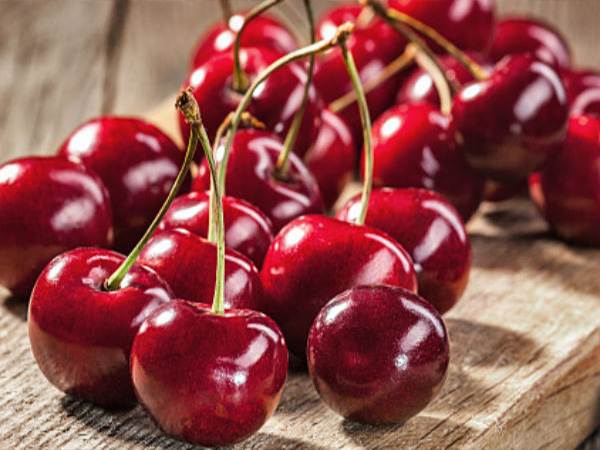 In simple terms, juice is obtained as follows, First, buy fruit and then wash and squeeze it, which causes the water to be separated from the fruit. This process can be achieved manually or industrially. I’m sure that you saw this process at home and at the coffee shops. You have probably bought different juices in different packages, and maybe you’ve looked at the package: “Contains at least 20% fruit concentrates,” and water, no added sugar, 100% natural, and a high table of vitamins, fats and antioxidants. Fruit concentrate is the result of fruit buying and washing and watering and filtration (at least in two stages) and concentrating or baking fruit juice and storing it in large containers. There are different processes to make fruit concentrate like:
In simple terms, juice is obtained as follows, First, buy fruit and then wash and squeeze it, which causes the water to be separated from the fruit. This process can be achieved manually or industrially. I’m sure that you saw this process at home and at the coffee shops. You have probably bought different juices in different packages, and maybe you’ve looked at the package: “Contains at least 20% fruit concentrates,” and water, no added sugar, 100% natural, and a high table of vitamins, fats and antioxidants. Fruit concentrate is the result of fruit buying and washing and watering and filtration (at least in two stages) and concentrating or baking fruit juice and storing it in large containers. There are different processes to make fruit concentrate like:
1. Concentration by thermal method
2. Condensation by freezing and
3. Condensation by reverse osmosis. The most common of these is evaporation or, in other words, thermal condensation.
fruit juice concentrate powder
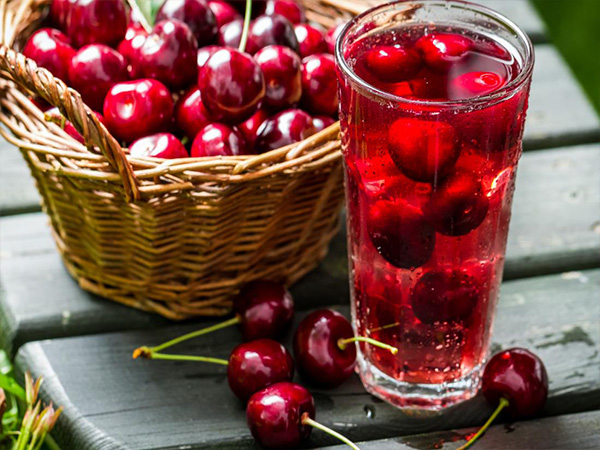 Conservation and preservation of food products have grown considerably due to population growth and food shortages, and the importance of preventing food waste and prolonging their shelf-life is increasingly high due to the growth of exports and the emergence of more sustainable markets. Drying and powdering in the food industry is one of the best and oldest ways of keeping food. In this method, the cost of production is less than other methods and, after production, maintenance of products not to have a refrigerating plant and refrigerator, etc and the products are in a good storage warehouse. One of the advantages of drying and powdering fruits is the reduction in weight and volume of products, as compared with other methods. This is very costly in transportation and in the area of the occupied volume of warehouses. Fruit powders have a wide range of applications in the food industry. Among them, the following can be mentioned: Use in baby food to increase the nutritional value and improve the taste, In the preparation of yogurt and fruit ice cream to diversify the products, Varieties of Jams, Marmalade, Jelly and Fruit Pudding and too many other applications.
Conservation and preservation of food products have grown considerably due to population growth and food shortages, and the importance of preventing food waste and prolonging their shelf-life is increasingly high due to the growth of exports and the emergence of more sustainable markets. Drying and powdering in the food industry is one of the best and oldest ways of keeping food. In this method, the cost of production is less than other methods and, after production, maintenance of products not to have a refrigerating plant and refrigerator, etc and the products are in a good storage warehouse. One of the advantages of drying and powdering fruits is the reduction in weight and volume of products, as compared with other methods. This is very costly in transportation and in the area of the occupied volume of warehouses. Fruit powders have a wide range of applications in the food industry. Among them, the following can be mentioned: Use in baby food to increase the nutritional value and improve the taste, In the preparation of yogurt and fruit ice cream to diversify the products, Varieties of Jams, Marmalade, Jelly and Fruit Pudding and too many other applications.

 fruit-make price, buy, sale fruit
fruit-make price, buy, sale fruit
